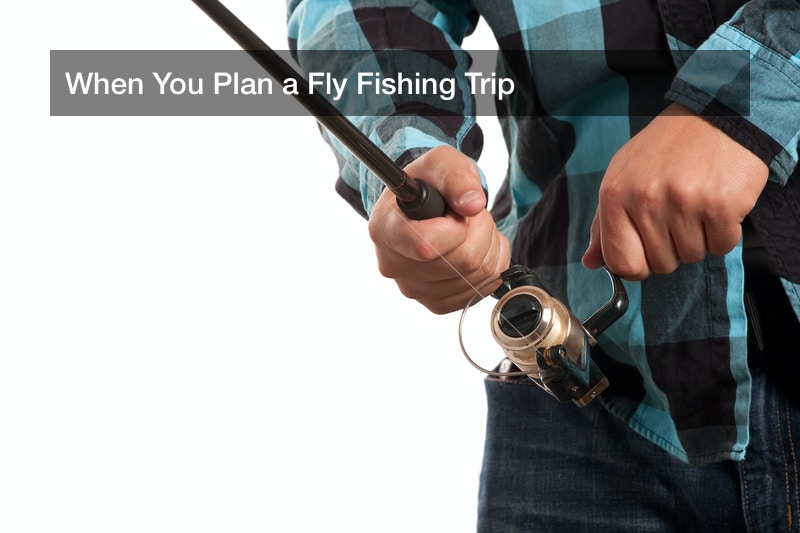
Fishing is practiced all over the world to catch many different species of marine life, most often fish but sometimes sharks, too. In particular, fly fishing may be practiced in cold water streams by anglers today, and American and British anglers may catch trout and salmon and the like. Performing fly fishing calls for the right gear such as rod reels (such as Sage fly reels or the like), fly fishing gear bags, and fly fishing outfits, too. After all, it is common to go fly fishing either standing on a stream’s banks or even standing waist-deep in it, and of course that calls for some special clothing. Fly fishing can be greatly rewarding, though some factors set it apart from conventional fishing. Once an angler has Sage fly reels and the like and the right practice, they may enjoy a fine fly fishing trip.
All About Fly Fishing
What is there to know about this sport? It may first be noted that fly fishing is mainly based not on casting a heavy lure, but rather, focusing on casting the line itself. After all, the lure on a fly fishing rod is so light, the traditional fishing method is ineffective. Rather, the line is the focus, and the line may extend well across the water’s surface. This line may be held in circular, light carbon steel reels, and Sage fly reels, among others, may prove popular for this. The likes of Sage fly reels may vary in their diameter and how much line they can hold, and an interested angler can find a reel that suits their needs just fine.
A fly fisher will arc the rod forward and use energy at the rod’s tip to cast the line forward, and practice may be necessary to get the line far enough (since there’s not much weight from the lure). The goal is to have both the line and the lure land in the water gently and appear to mimic natural wildlife movement, because too-harsh movements may scare off fish or give away the artificial nature of the line and lure. Once a fish bites, the angler will jerk the rod’s tip up to set the hook into the fish’s mouth, and the angler may reel the line and hold the fly line with one hand and control the line’s tension. If enough time passes and no fish bite, the angler may recover the line and fly bait and toss it back in again.
Most often, fly fishing is done in or near cold water streams, and an angler may choose to stand in the stream’s middle. Doing this calls for the proper boots, which may come far up the angler’s legs. Some outfits are similar to overalls, which include waterproof boots and leggings, and a partial body piece. A good angler will also have a tackle box and spare line of necessary.
What will the bait be? Anglers can use artificial fly bait, which have furs, feathers, and other effects on them to mimic insects and draw a fish’s attention. Live, real insects can also be used, such as grasshoppers or crickets. This can be done to attract trout during the summer, when those fish feed on terrestrial insects like those. During other times of the year, though, trout will feed under the water much more often than near the surface. These baits can be placed right onto the hook. On the topic of hooks, it may be noted that anglers can use barbless hooks, which are easier to remove from a fish’s mouth. This is most often done for catch-and-release fly fishing, and some local wildlife conservation agencies may require this kind of fishing to avoid putting too much pressure on local fish populations.
